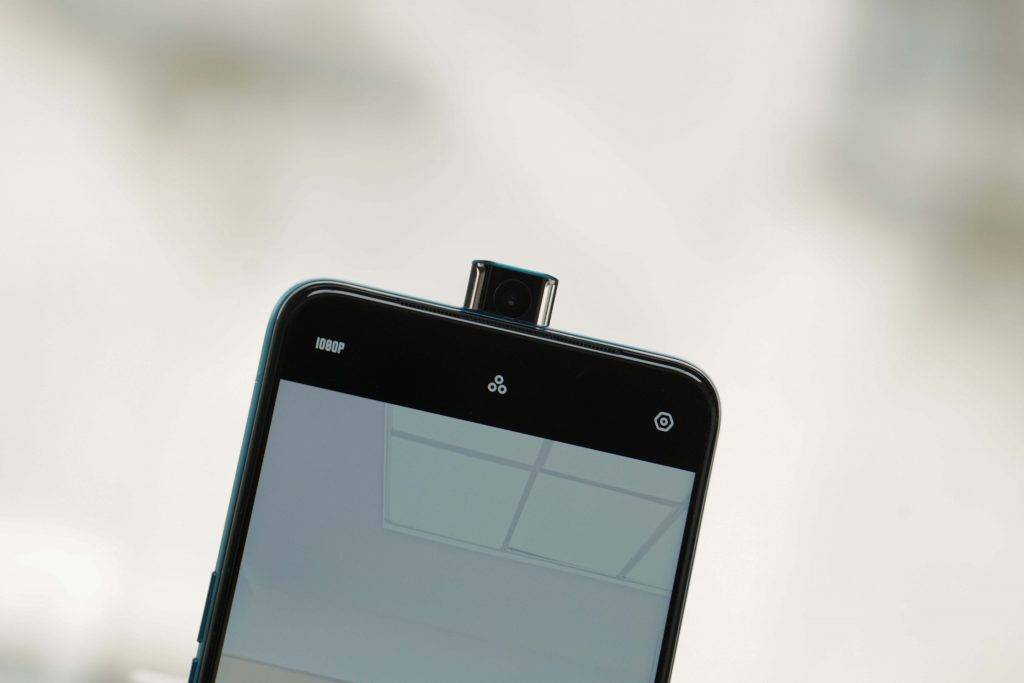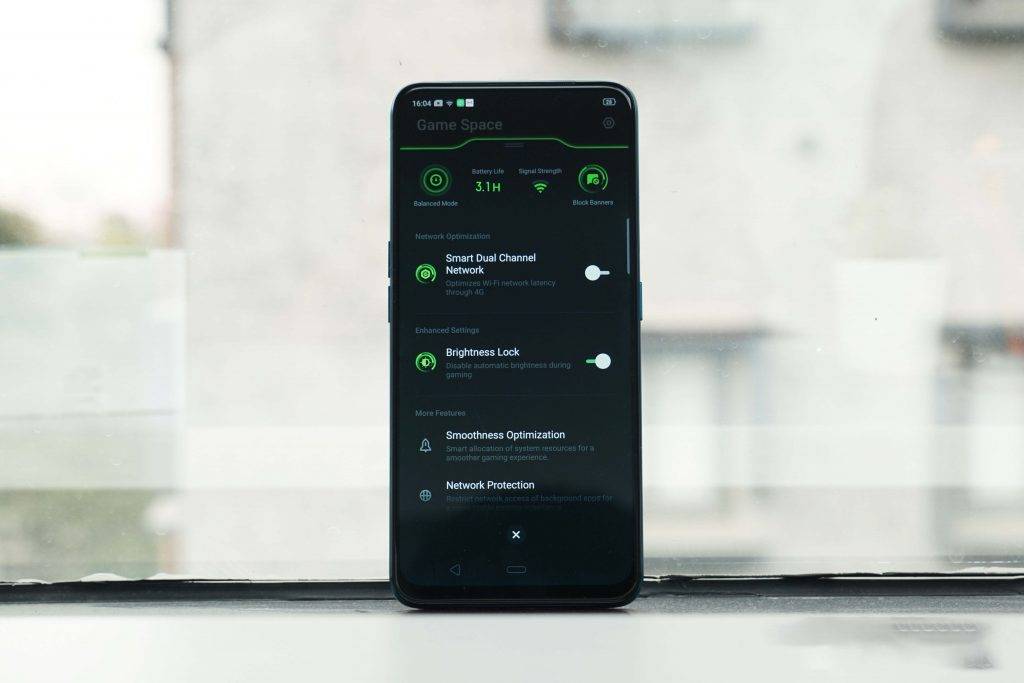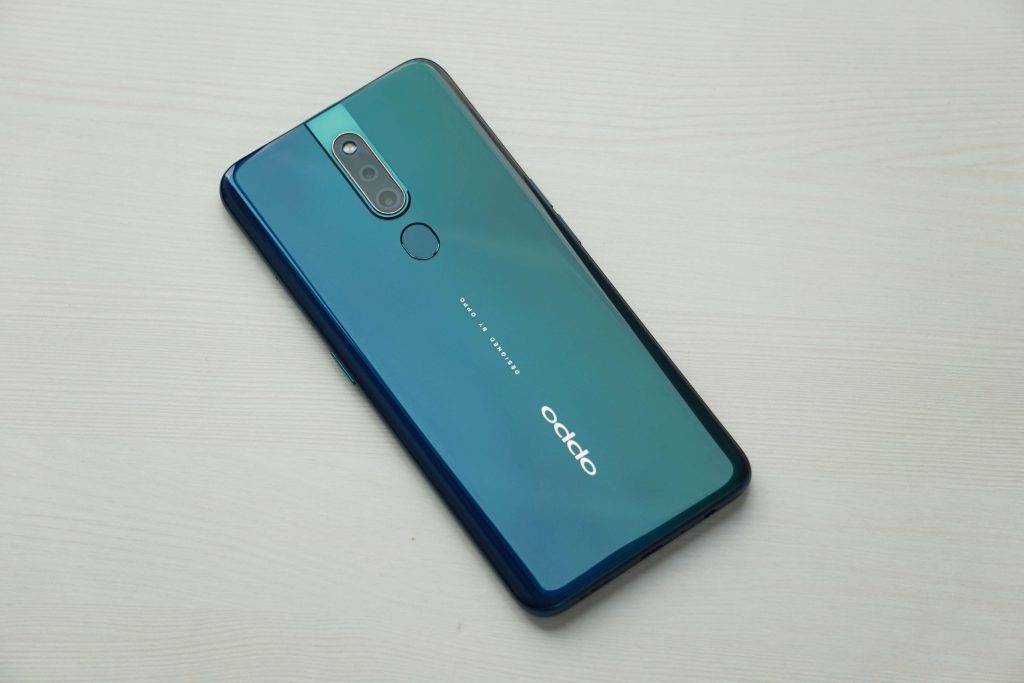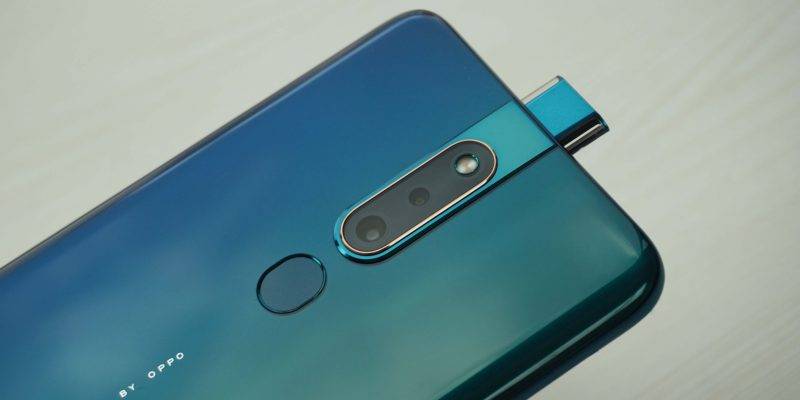It’s not the first pop-up camera in the market, actually, the first was the OPPO Find X – an overpriced fashion accessory that we’re not so sure anyone actually bought. However, the company has taken another step to reinvent its midrange offering in the name of the F-Series.
The new devices, F11 and F11 Pro offer basically the same specifications aside from one major thing that may tip the scale on either side as the fans’ favourite. While the F11 has the traditional waterdrop notch with a camera embedded on it, the F11 Pro stretches the display further up by getting rid of this notch and implementing a pop-mechanism for the selfie camera.
Before we proceed to the selling points of the two devices, here’s a quick breakdown of the specifications:
- Display: 6.5″ 1080p
- Software: ColorOS 6 on top of Android 9.0 Pie
- Processor: Helio P70
- RAM: 6GB
- Cameras: Dual 48MP + 5MP main, 16MP selfie
- Other features: Fingerprint scanner, face unlock
As mentioned earlier, the biggest difference between the F11 and the F11 Pro is the pop-up camera, aside from that, there are also subtle differences that draw a line between the two:
- F11 Pro has a flashier design with gradient colours but is also heavier and thicker
- The F11 Pro has more storage at 128GB compared to the 64GB on the F11
- The F11 has a slightly bigger battery at 4020mAh compared to the 4000mAh on the F11 Pro which could seem negligible but could mean be the difference between two digit battery percentage at the end of the day and a single digit
Focus on the Camera


During OPPO’s presentation, the company was very vocal on the capabilities of the device’s cameras – both the front and the back. The F11 and F11 Pro both feature quite the cameras (at least from the look of things) with in-built enhancements such as an ultra night mode that is meant to enhance low-light photography and dazzle colour which is a mode that enhances skin colour toning for more realistic reproduction of the human skin on photos.
OPPO did also mention that the F11 series, was more than just selfie smartphones and the focus had now shifted to offering better portrait images, with AI enhancements to achieve this on both the front and back cameras.
Hyperboost, Game Space and ColorOS 6


OPPO’s weakest link has always been its software which has always been likened to Apple’s iOS thanks to the resemblance but with ColorOS 6, the company has embraced its true identity as an Android phone with the redesigning of their UI to feature more material design aspects, a new notification panel with larger icons and brighter colours and also a swipe up app drawer that can be enabled from the home screen settings.
On top of the visual changes, OPPO has baked AI enhancements into the software in the name of Hyperboost and Game Space. Game Space is self-explanatory, where the phone improves performance when gaming by maximising resource allocation to the game as well as reducing network latency for online games. Hyperboost, on the other hand, does predictive resource allocation, giving more resources to apps you use more thus ensuring that they open and run smoother.
Pricing and Availability


The OPPO F11 will be retailing at Kes.30,000 while the OPPO F11 Pro will retail at Kes.41,000. The devices are currently on pre-order until the 1st May, after which, general sales will start on the 2nd. To encourage customers to pre-order, OPPO has bundled the F11 with a pre-order gift pack consisting of a ring holder and selfie stick while the F11 Pro has been bundled with headphones and a VOOC fast charge car charger.
Pre-orders can be made at all OPPO shops and partner outlets.
Images Courtesy MySmartPrice






Comments